
Introduction
Welcome to an exciting exploration of Byzantine Fault Tolerance (BFT) and its crucial role in enabling trust within the realm of blockchain technology. Whether you are a tech enthusiast, a blockchain developer, or simply someone curious about the potential impact of distributed ledger technology (DLT) on your personal or professional life, this article will shed light on a fundamental concept that underpins the security and reliability of blockchain systems.

A Historical Overview
To grasp the significance of Byzantine Fault Tolerance, we must journey back to its origins. The concept emerged in the late 1970s as a response to a fundamental challenge plaguing computer systems – the Byzantine Generals’ Problem. This problem refers to the difficulty of achieving consensus among a group of distributed nodes when some nodes may behave maliciously or suffer from failures.
Fast forward to the early 2000s, and the birth of Bitcoin marked a milestone in distributed ledger technology. Bitcoin’s blockchain architecture provided a solution to the Byzantine Generals’ Problem by incorporating Byzantine Fault Tolerance principles. It introduced a decentralized, trustless network where consensus could be reached even in the presence of malicious actors or system failures.
Advantages and Disadvantages
The advantages of Byzantine Fault Tolerance in the context of blockchain technology are immense. Firstly, BFT ensures that data stored on the blockchain remains immutable and tamper-resistant. Through Byzantine consensus mechanisms, such as Practical Byzantine Fault Tolerance (PBFT), the integrity of data is maintained, providing an irrefutable record of transactions.
Secondly, Byzantine Fault Tolerant blockchains are inherently resilient. The decentralized nature of a BFT-based system means that no single point of failure exists. This robustness offers enhanced security against attacks, making it incredibly difficult for malicious actors to compromise or manipulate the network.
However, like any technology, Byzantine Fault Tolerance also has its drawbacks. The primary disadvantage lies in its resource-intensive nature. Achieving Byzantine Fault Tolerance often requires a significant amount of computational power and network consensus. As a result, BFT-based blockchains may experience slower transaction processing times compared to non-BFT alternatives.
Practical Applications and Real-World Examples
Byzantine Fault Tolerance finds applications in various sectors. One prominent domain is finance, where BFT-based blockchains enable secure peer-to-peer transactions, eliminating the need for intermediaries. This not only reduces costs but also enhances transparency and auditability, making it an attractive technology for fintech companies.
Another sector benefiting from Byzantine Fault Tolerance is supply chain management. By leveraging blockchain’s immutable ledger and BFT consensus, supply chain participants can trace the origin and journey of goods, ensuring authenticity, and reducing counterfeiting risks.
A real-world example of Byzantine Fault Tolerance in action is the Hyperledger Fabric framework, an open-source project by the Linux Foundation. Hyperledger Fabric utilizes Practical Byzantine Fault Tolerance to provide a highly scalable, permissioned blockchain platform for enterprise use. Its applications span industries such as healthcare, trade finance, and more.
The Future of Byzantine Fault Tolerance
As blockchain technology continues its rapid evolution, Byzantine Fault Tolerance will play a pivotal role in shaping the future of trust on digital systems. Researchers and developers are actively exploring different consensus algorithms to improve scalability and reduce resource requirements. Protocols like Algorand and Avalanche aim to enhance Byzantine Fault Tolerance while achieving near-instant transaction finality.
The integration of Byzantine Fault Tolerance with other emerging technologies, such as Internet of Things (IoT) and Artificial Intelligence (AI), holds immense potential. BFT-based blockchains can provide secure and trustworthy platforms for IoT device coordination and data exchange, while AI algorithms can be employed to detect Byzantine behavior and enhance network resilience.
Frequently Asked Questions
Q: Is Byzantine Fault Tolerance exclusive to blockchain technology?
No, Byzantine Fault Tolerance is a concept applicable to various distributed systems where consensus among nodes is required. Blockchain technology successfully employs Byzantine Fault Tolerance principles to ensure trust and security.
Q: Can Byzantine Fault Tolerance prevent all types of attacks?
Byzantine Fault Tolerance provides robust security against attacks launched by malicious actors within the network. However, it does not protect against attacks targeting the endpoints or underlying infrastructure. Additional security measures must be implemented to secure the entire system.
Q: Can non-BFT blockchains be trusted?
Non-BFT blockchains can be trusted to some extent, but Byzantine Fault Tolerance guarantees a stronger level of security and consensus. BFT-based blockchains provide a higher assurance of trust and tamper resistance, making them more suitable for critical applications or industries.
Q: Are there any limitations to Byzantine Fault Tolerance?
Byzantine Fault Tolerance imposes certain resource requirements on a blockchain network, which can impact scalability and transaction processing speed. Additionally, BFT may face challenges in terms of governance and decision-making among decentralized participants.
Buckle up, as the world of Byzantine Fault Tolerance and distributed ledger technology continues to captivate with its potential for transforming industries and redefining trust. Now, armed with an understanding of the historical underpinnings, advantages, real-world examples, and future prospects, you can delve deeper into this fascinating topic and contribute to the ever-evolving blockchain landscape.
Share your thoughts and insights on Byzantine Fault Tolerance in the comments below!
More in this category ...
Ripple companions with SBI Group and HashKey DX for XRPL answers in Japan

April sees $25M in exploits and scams, marking historic low ― Certik

MSTR, COIN, RIOT and different crypto shares down as Bitcoin dips

EigenLayer publicizes token release and airdrop for the group

VeloxCon 2024: Innovation in knowledge control

Successful Beta Service release of SOMESING, ‘My Hand-Carry Studio Karaoke App’

Dogwifhat (WIF) large pump on Bybit after record reasons marketplace frenzy
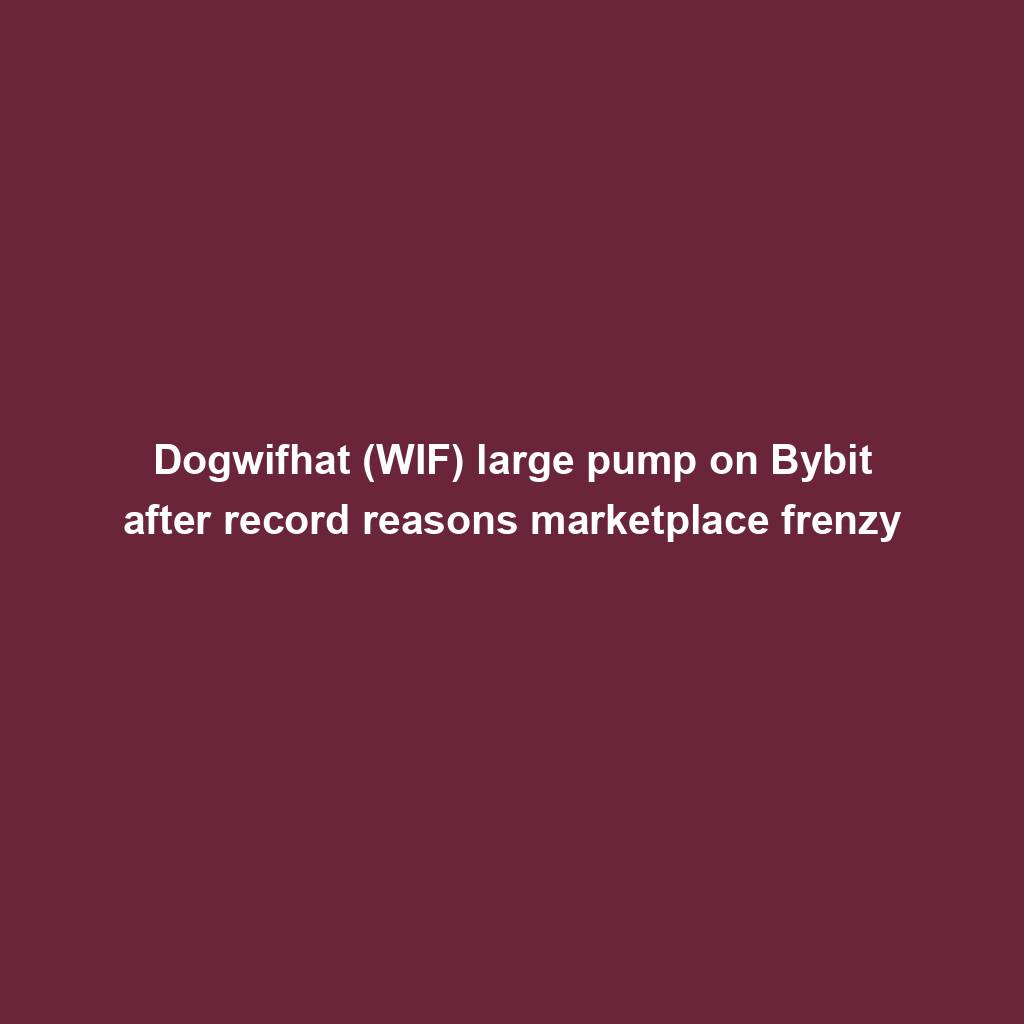
How fintech innovation is riding virtual transformation for communities around the globe

Wasabi Wallet developer bars U.S. customers amidst regulatory considerations

Analyst Foresees Peak In Late 2025

Solo Bitcoin miner wins the three.125 BTC lottery, fixing legitimate block

Ace Exchange Suspects Should Get 20-Year Prison Sentences: Prosecutors

Google Cloud's Web3 portal release sparks debate in crypto trade

Bitcoin Primed For $77,000 Surge

Bitbot’s twelfth presale level nears its finish after elevating $2.87 million

PANDA and MEW bullish momentum cool off: traders shift to new altcoin

Commerce technique: Ecommerce is useless, lengthy are living ecommerce

Republic First Bank closed by way of US regulators — crypto neighborhood reacts

China’s former CBDC leader is beneath executive investigation

Bigger isn’t all the time higher: How hybrid Computational Intelligence development permits smaller language fashions
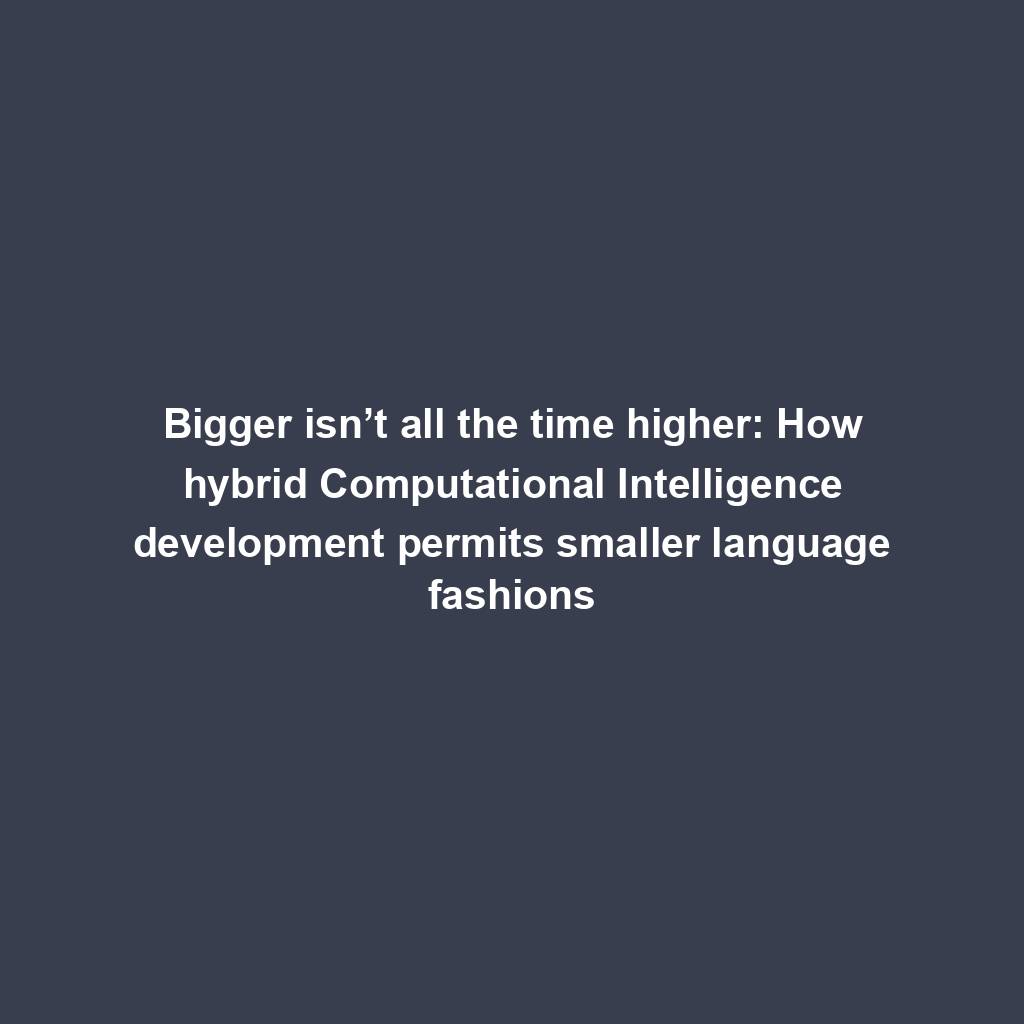
Pantera Capital buys extra Solana (SOL) from FTX
Successful Beta Service release of SOMESING, ‘My Hand-Carry Studio Karaoke App’

SEC sues Bitcoin miner Geosyn Mining for fraud; Bitbot presale nears $3M

Business procedure reengineering (BPR) examples

85% Of Altcoins In “Opportunity Zone,” Santiment Reveals
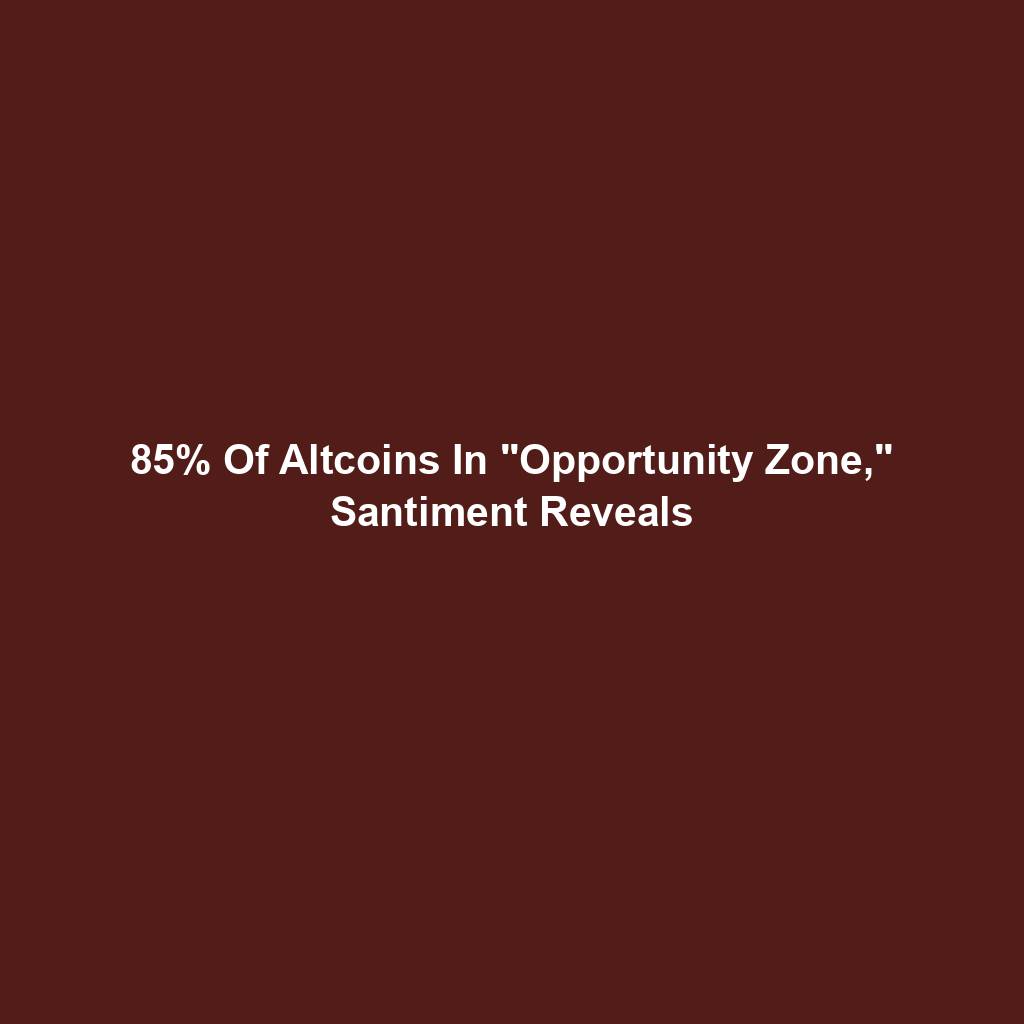
Sam Altman’s Worldcoin eyeing PayPal and OpenAI partnerships

Artificial Intelligence transforms the IT strengthen enjoy

Franklin Templeton tokenizes $380M fund on Polygon and Stellar for P2P transfers
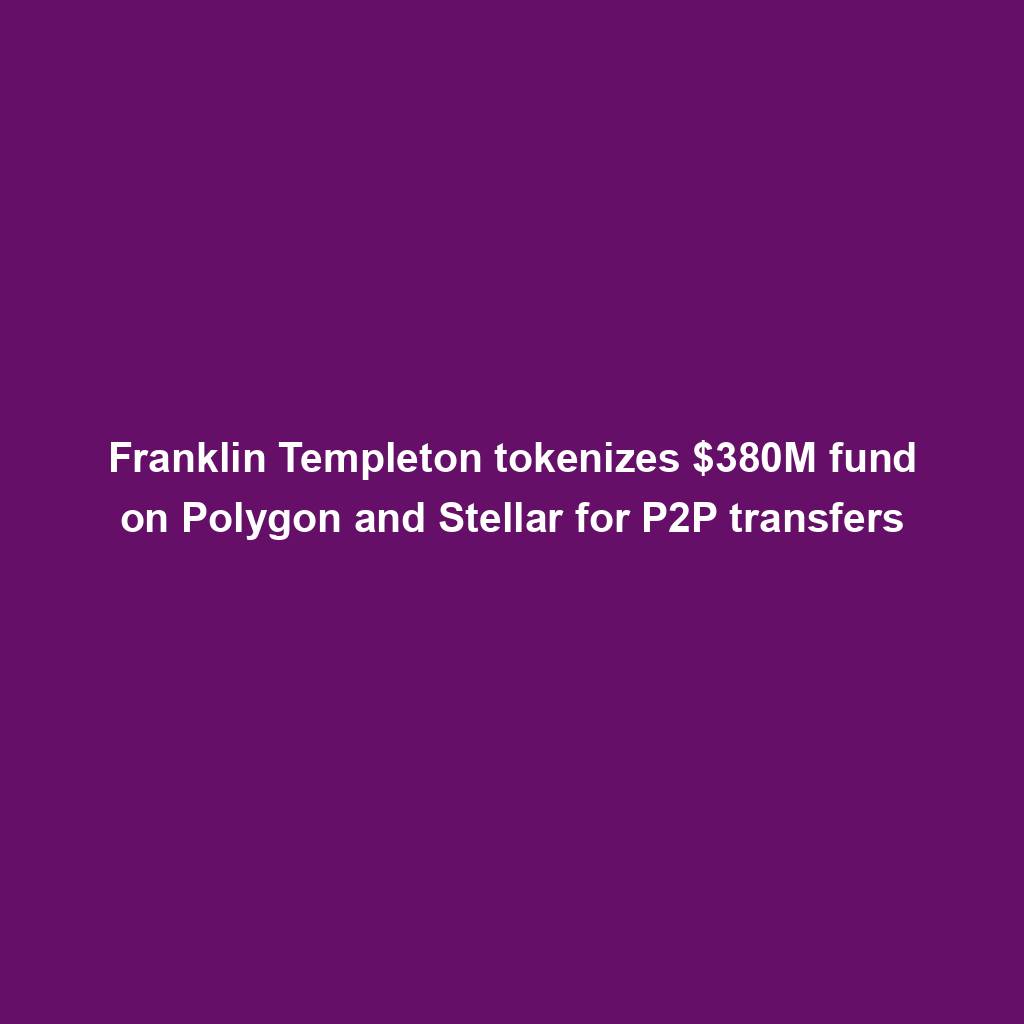
Meta’s letting Xbox, Lenovo, and Asus construct new Quest metaverse {hardware}

Shiba Inu (SHIB) unveils bold Shibarium plans as Kangamoon steals the display
